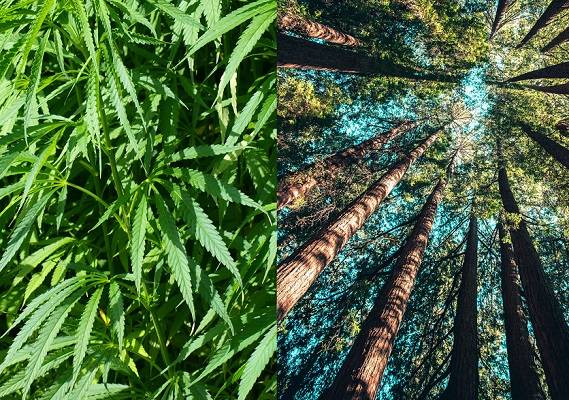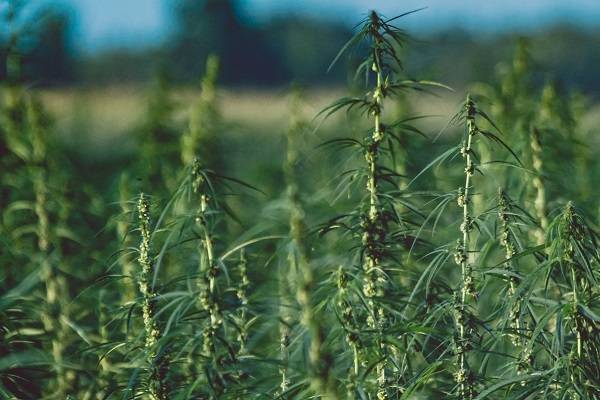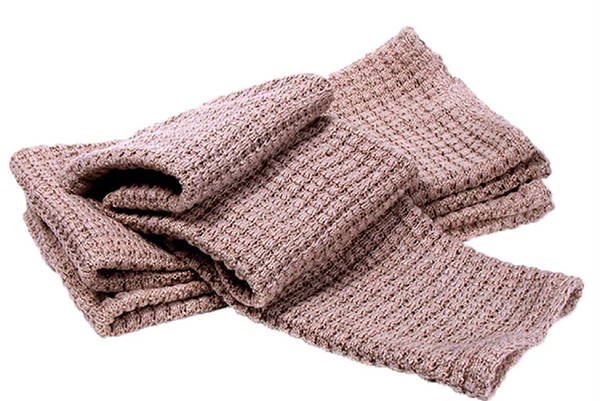HEMP PAPER 101
Ultimate Guide to Hemp Paper: History, Benefits and Products
Paper made from hemp fibers is sustainable, durable and versatile, making it a suitable option for various uses, including printing, packaging, and paper products.
Innovation & Quality
Developing and supplying premium-quality, sustainably grown, consumer products
100% Natural
Organically Grown and Ethically Sourced
hemp and other natural fiber products
Shipping
We offer fast shipping
Your order out within 1-3 days
Wholesale
Visit our wholesale portal to register or login to your account
What is Hemp Paper?
Hemp paper is a greener option for producing cigarettes, banknotes, filter, envelopes and archival paper. Usually, it only contains pulp derived from industrial hemp or its fibers. Its chemical compositions make hemp great raw material for paper production. Hemp consists of high cellulose percentage, which makes it perfect for paper manufacturing.
Hemp Paper – History and Origin
Hemp paper is a greener option for producing cigarettes, banknotes, filter, envelopes and archival paper. Usually, it only contains pulp derived from industrial hemp or its fibers. Its chemical compositions make hemp great raw material for paper production. Hemp consists of high cellulose percentage, which makes it perfect for paper manufacturing.
According to historians, ancient hemp paper was made 2,000 years ago by the Chinese. Hemp was already widely used for fabric, rope, canvas sails, etc. With the raise of Western Han Dynasty, hemp took the place of stone and wood tablets. After this new way of paper making gained popularity across the world, China decided to build the first paper mill. Hemp paper was used to write down important information or to wrap porcelain items.
By becoming the world’s paper, hemp was a medium to exchange knowledge between cultures. Most famous historical documents written on hemp paper are the Gutenberg Bible, Magna Carta, first writings of Declaration of Independence, and Thomas Paine’s pamphlets which encouraged the American Revolution.
Goznak Paper Mill in Saint Petersburg was also a big part of hemp paper production history because it manufactured bank notes, credit bills, stamped paper, bonds, stamps, etc.
Hemptique – Sustainable Hemp Paper Products
Hemptique offers handmade hemp paper made of 50% hemp and 50% linen and cotton. Our paper is of supreme quality and is a great choice for calligraphy, pastel, watercolors, fine art printing, and more. We produce acid and chemical-free paper which prevents ink bleeding. With Hemptique you can purchase sustainable, renewable, and eco-friendly paper directly from the manufacturer. If you are looking for buying hemp paper in bulk, please get a quote here, apply for wholesale account or give us a call at (760) 602-4864 ext. 403 and 405.
How is Hemp Paper Made?
There are two ways of making hemp paper, i.e., from long and short hemp fibers.
Hemp stalks contain two fiber types: long bast fibers and short hemp hurds or pulp fibers. The outer layer of stem refers to long fiber, while the woody inner core refers to hemp pulp.
Here are essential steps in making hemp paper:
- The first thing to be done is separate the pulp from the rest of the plant.
- Second, soak the refined pulp in the water and smash to make it slurry.
- Remove the rest of the water.
- The paper machine will spread the slurry to be drained by vacuum.
- Next, wet paper must be dried by going through the press.
- Final product – roll of paper!
After this process the paper rolls must be cut, but there is a difference between handmade and industrialized paper cutting. The major contrast is in the edges – machine-cut paper will have smooth edges, and wooden frames used to cut handmade paper will leave the edges uneven.
Hemp vs. Wood Paper
First, we will point out some statistics when comparing hemp and traditional paper. By choosing hemp paper it will results in:
- 58% less solid waste
- 84% less greenhouse gasses
- 46% less energy used
- 66% less water waste
- 100% no trees cut

6 Reasons Why Hemp Paper is Better Alternative
There are multiple advantages to using hemp paper over traditional.
1. Recyclability
This is probably the most important feature of hemp paper since it can be recycled seven times and tree paper only three. Also, tree paper has a huge impact on deforestation which makes it less environmentally friendly than hemp paper. Using more recycled paper, like hemp, offers three major benefits:
- Hemp paper causes less pollution while being produced since it requires less water and prevents air from being polluted.
- When paper breaks down methane production rises. Using more recycled paper instead of discarding it will prevent this from happening.
- By recycling paper more times and not making new batch with every production saves a lot of energy.
2. Less Chemicals Used
Firstly, hemp contains a greater percentage of cellulose than trees and less lignin. Hemp consists of 54% to 78%, while trees consist of 41% to 46% cellulose. Another important fact is that hemp contains only 5% and trees even up to 35% of lignin. Cellulose is very important when it comes to paper’s structure and lignin is a compound that must be removed to make the paper white. Since the percentage of tree lignin is greater, more chemicals are used for its removal.
3. Less Deforestation
Deforestation is a huge issue for nature’s sake. It leads to the clear destruction of species living in the forest, lessening the oxygen trees produce, and wrecks nature itself. Hemp, on the other hand, can be harvested after four months, while trees require 20 to 80 years to reach maturity. Because of the higher yield, hemp paper producing needs less land, so less land is cleared for its production.
4. Better Personal Hygiene
Hemp plants have great anti-bacterial, anti-microbial, and anti-fungal abilities. Add water absorption to these features and you’ll produce a perfect product for personal hygiene. Hemp toilet paper, towels, tissues, tampons, and diapers are some of the products used daily. All hemp paper toiletries are made from bast fiber, so they are strong, durable, and soft on the skin.
5. Carbon Dioxide Absorption
Science proves that hemp absorbs more CO2 than any other crop or forest. So, besides reducing deforestation, it lessens climate change by being a perfect carbon sink. Also, every time a tree or some crop is planted and grown the soil gets disturbed which causes stagnant future grow. When hemp is planted, the soil is renewed and replenished, leaving the ground in optimal growing conditions.
6. Longevity
Hemp paper is well known for its long and strong fibers which makes it long lasting. Because of its short fibers and acid features, tree paper ends up broken more quickly. Also, tree paper allows environmental factors, like sunlight and dampness, to change the paper’s color to yellow and become fragile.
Uses of Hemp Paper
The most important feature of hemp plant is its versatility and because of that, many industries use it for textile, clothes, cords and ropes and paper production. There are many usages of hemp paper and we will list some of them.
Specialty Paper
Hemp paper may be a bit pricey, so it is less likely to be found in every office. But there are some manufacturers who decided to take into account its sustainability and make eco-friendly journals, notebooks, business cards, planners, and gift cards. At times it is also used as wrapping paper because of its strength.
Filter Paper
When using filter bags whether for coffee making or oil, we look for absorbent product. Well, hemp can hold up in wet conditions since it is very resistant and has higher filtration than polymers or metals.
Rolling Paper
Hemp paper makes a great addition to strength and flexibility to thin papers. Rolling paper is usually thin and hemp is indeed perfect for its production because of its resistance.
Archive Paper
We already mentioned above that traditional paper has low acidity and high level of lignin which causes old documents to turn yellow. On the other hand, hemp paper is a great solution for preserving documents since it opposes the test of time.
Tea Bags
Tea bags which are used regularly are usually made from blend of wood plastic polymers and, at times, hemp. Producers include hemp because of its porosity and watertight traits.
Bible Paper
The first ever printed Gutenberg Bible was made from hemp in 1455. Due to hemp’s durability and chemical traits some copies of this book exist even today and are in great reading conditions.
Currency
Most of the paper money printed in the 1900s in the US was made from hemp. But the increased plastic currency production made hemp paper money inessential. Currency goes through many touching, handling, and folding so the material of which the paper is produced must be strong and hard to break.





